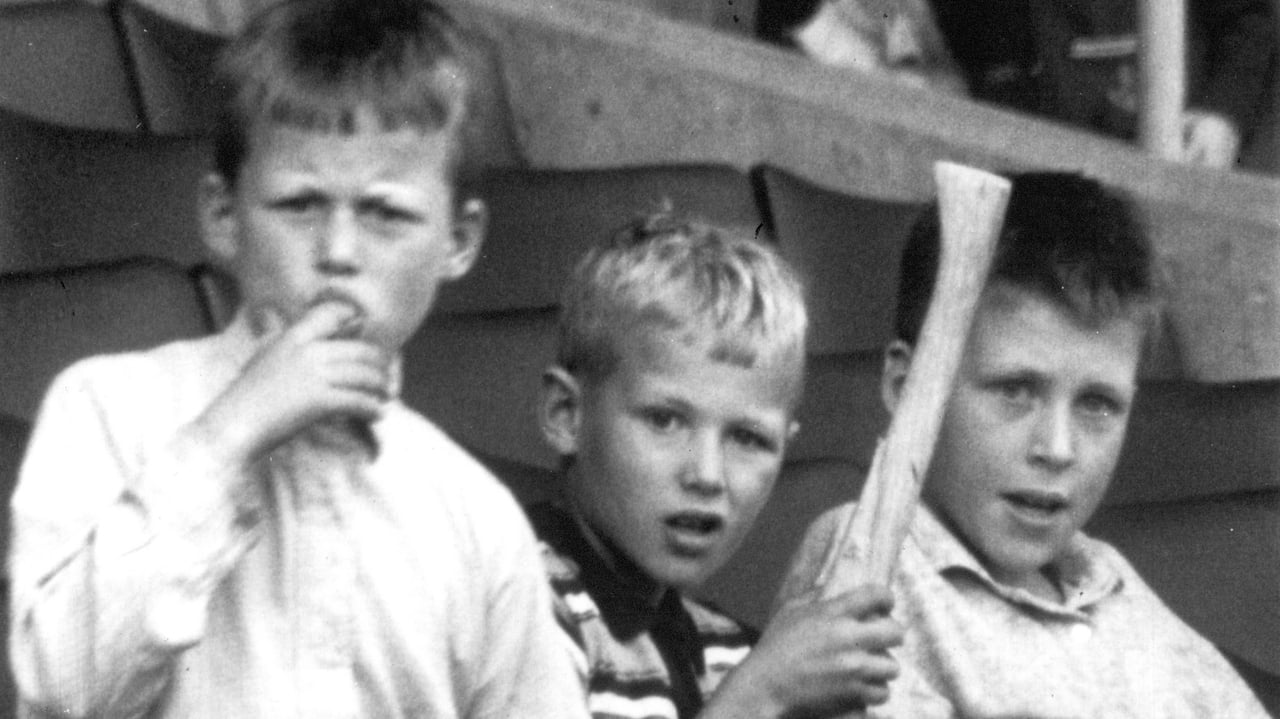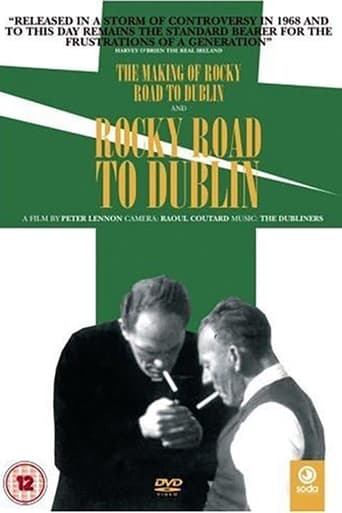

Your blood may run cold, but you now find yourself pinioned to the story.
... View MoreExcellent and certainly provocative... If nothing else, the film is a real conversation starter.
... View MoreOne of the worst ways to make a cult movie is to set out to make a cult movie.
... View MoreOne of the film's great tricks is that, for a time, you think it will go down a rabbit hole of unrealistic glorification.
... View MoreRocky Road was the last film shown at the 1968 Cannes festival which was shutdown in soladarity with the student revolts in Paris. The students adopted Rocky Road and screened it in the vast amphitheatres of the Sorbonne, which was still besieged by riot police.Lennon's theme was what do you do with a revolution once you've won. Lennon found that you give it straight back to the Bourgeoisie. At the centre of the film is the iron grip the Catholic Church held on Ireland after British occupation.We see the young and hip Fr. Michael Cleary singing Chatanooga Shoeshine Boy to a maternity ward. We then see him extolling the virtues of celibacy and sex within marriage, this long before it was known that he had fathered 2 children by his housekeeper.The film couldn't be banned in Ireland (the censors comment to the director was: "Since there is no sex in the film, Peter, there is nothing I can do against you.") It was only picked up by one Dublin cinema for a short run. The church's iron grip on the country was thus shown when no other cinema dared show the film.Luckily things have changed enough that the Irish Film Institute has seen fit to restore the film and nearly 40 years after it was made it is again being shown in it's own country.
... View More